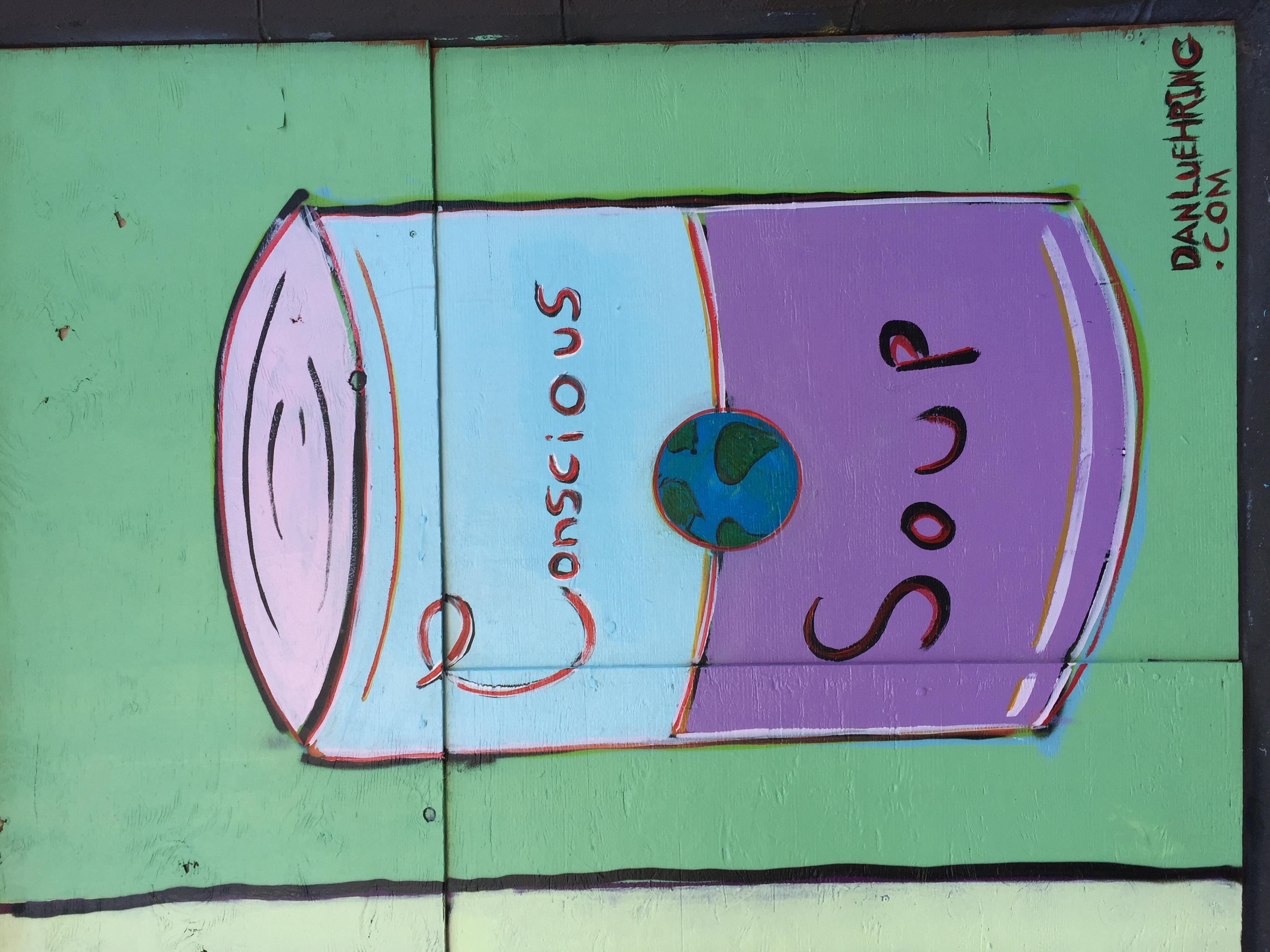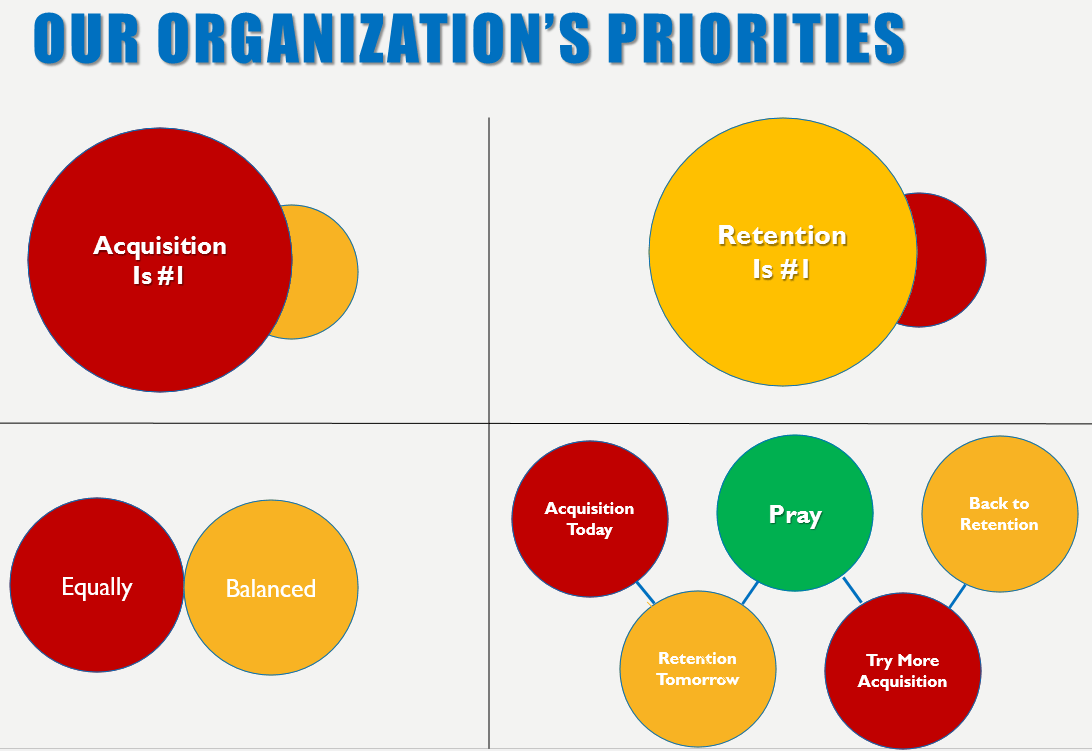Fundamental Fundraising Truths: Yesterday, Today, Tomorrow
 The Lilly Family School of Philanthropy projects total giving will grow by an estimated 4.1% in 2021. So you can’t use the pandemic as an excuse for raising less money in the year ahead.
The Lilly Family School of Philanthropy projects total giving will grow by an estimated 4.1% in 2021. So you can’t use the pandemic as an excuse for raising less money in the year ahead.
Nor should you ever adopt a sky-is-falling stance of “we can’t compete in this environment, so let’s lower expectations and cut back.”
Did your organization cut back on development expenses last year? Did you lay off fundraising and marketing staff? Did you send fewer appeals?
If you did, chances are you didn’t tell, and sell, your case for support.
At least not as effectively as possible.
That’s a sure-fire recipe for raising less money than you could or should.
Here are three evergreen, fundamental fundraising truths:


 You want to raise money with your fundraising appeal, right?
You want to raise money with your fundraising appeal, right?

 Spring is always a good time for rebirth and dusting away the cobwebs. And what a grave, dusty, cobwebby year it’s been.
Spring is always a good time for rebirth and dusting away the cobwebs. And what a grave, dusty, cobwebby year it’s been.
 Giving is an emotional experience. It deserves an emotional response.
Giving is an emotional experience. It deserves an emotional response.
 One of my pet peeves as a donor is making a contribution (via a peer-to-peer request or tribute gift in honor or memory) in support of a friend; then receiving nothing but a form receipt.
One of my pet peeves as a donor is making a contribution (via a peer-to-peer request or tribute gift in honor or memory) in support of a friend; then receiving nothing but a form receipt.

 Twice in the past month I’ve been asked for a major gift.
Twice in the past month I’ve been asked for a major gift.